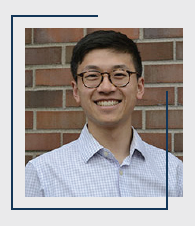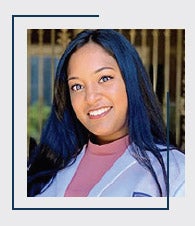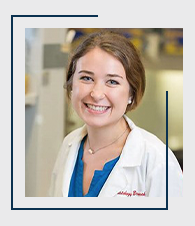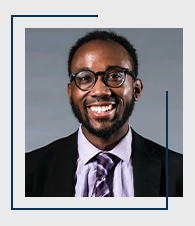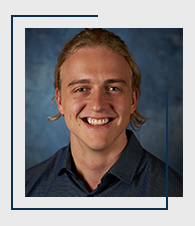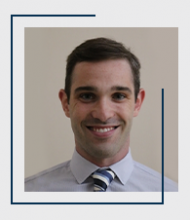As schools around the world respond to COVID-19, the need for remote learning tools has never been more urgent. Here are some members of the Case Western Reserve University School of Medicine speaking on their experience of using the HoloAnatomy® Software Suite both in-person as well as remotely in the spring of 2020 during the COVID-19 Pandemic. When the campus closed, each student was mailed a HoloLens 2 headset so they could complete their anatomy coursework from home, taught remotely by their professors. Not a day of instruction was missed as the class transitioned seamlessly from in-person to remote.
"I thought it was great, the best of both worlds, because we had the body to ourselves, in a way, but we also had Dr. Wish-Baratz there to describe it,” said Zhai, a native of Seattle. “Standing in my own apartment, I could peer into the body cavities and spend as much time in there as I wanted.”
– Kevin Zhai, CWRU MD Candidate, Class of 2023.
“There’s such a huge difference between dissecting a cadaver and this. Both are valuable, but with HoloAnatomy, you can literally see through structure if you lean in like that and them come back out and the organ is still intact. You can’t do that with a dissection, and you can’t do it at home like this!”
– Sanjana Madishetty, CWRU MD Candidate, Class of 2023.
“Case’s curriculum is there on the forefront of technology. I think we're used to adapting to new changes in technology and I think it's preparing us well to go out into a field that is so dependent on technology. That's such an underlying theme of healthcare: without technology, you can't really do your job. Augmented Reality is so new and innovative, it makes me feel more comfortable for whatever comes my way in the future. I feel like I'm ready to roll with whatever someone throws at me.”
- Ellen Kendall, CWRU MD Candidate, Class of 2023.
"It's really nice to be on the cutting edge of something that has so many implications. Anyone can use this technology and that's really exciting, and we're talking about everything from patient care with virtual reality, and resident teaching and all these other things. It's nice to be a part of that.”
- Dominique Tucker, CWRU MD Candidate, Class of 2023.
“What's been really interesting about the HoloLens Sessions is there are a lot of times there are things that I've seen before, but I've never been able to stick my face into something and really get the relationships. I'm super, super impressed with how easy it is to see those without flipping a body over and moving all the flaps and getting things out of the way. That's been really powerful.”
- Michell Thom, CWRU MD Candidate, Class of 2023.
“First of all, it's pretty sweet having a HoloLens, especially the new one. It's much easier to see some structures in HoloLens, and the structures that we are able to see are just very clear, there's no confusion about them. Like nerve structures, for example, as opposed to what we saw during our cadaver boot camp, where it was kind of confusing to figure out what was going on. I think it saves a lot of time-- I would be spending a lot more time on anatomy if I were only in cadaveric dissection, and so that frees me up to do other things without sacrificing quality.”
- Aaron Ackerman, CWRU MD Candidate, Class of 2023.
See the Case Study of CWRU's journey to distance and remote learning here.


